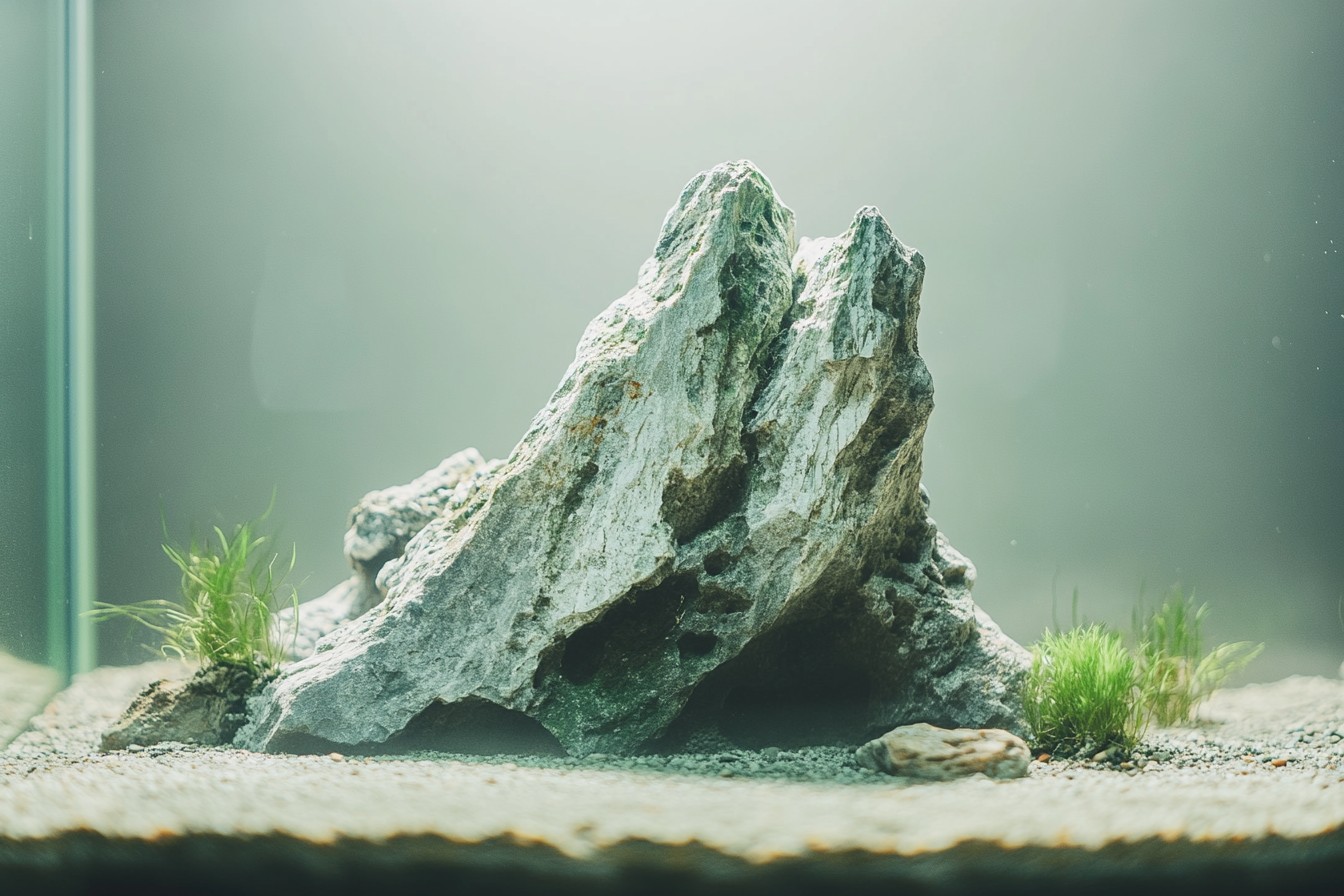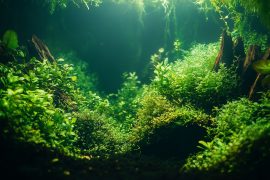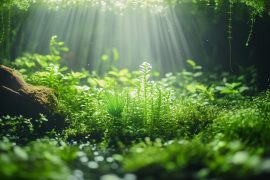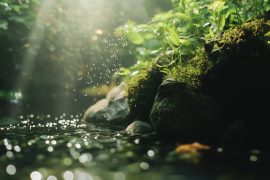The first time I handled live rock, I was wearing swim trunks and snorkel gear, bobbing in the warm waters off the Florida Keys. I wasn’t supposed to be collecting it—that’s both illegal and environmentally irresponsible—but my marine biology professor had special permits for our educational dive. “This,” he said, lifting a chunk of porous calcium carbonate encrusted with colorful life from about four feet down, “is the cornerstone of reef aquarium keeping.” He passed it to me, and I nearly dropped it, surprised by both its weight and the sharp edges that bit into my palms.
Twenty years later, I still remember that moment whenever I’m designing a reef aquascape. Live rock isn’t just structure; it’s an ecosystem unto itself—a foundation housing countless microorganisms that form the biological engine of a successful reef tank. Working with it requires equal parts artistic vision and scientific understanding.
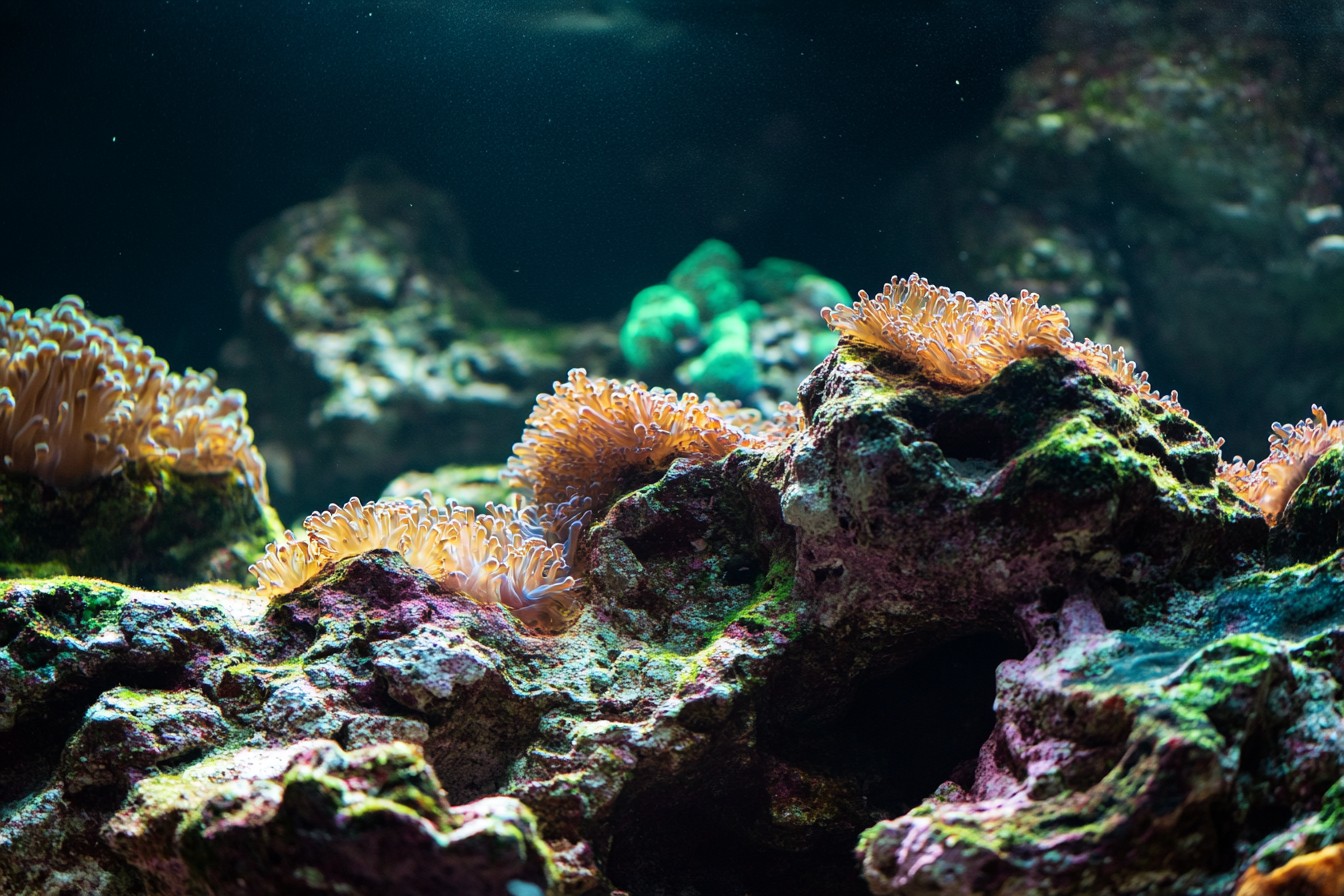
It’s also nothing like the driftwood and stone arrangements of freshwater aquascaping, despite surface similarities. The stakes are higher, the materials more unpredictable, and the potential rewards far greater. These days, I work almost exclusively with aquacultured live rock—calcium carbonate skeletons that have been farmed specifically for the aquarium trade rather than harvested from wild reefs.
The environmental impact is substantially lower, and the quality has improved dramatically in recent years. The best pieces come from operations in Florida and the Pacific islands, where limestone structures are placed in nutrient-rich ocean waters for months or years, allowing marine life to colonize naturally. When selecting live rock for aquascaping, I ignore the conventional wisdom about buying the “prettiest” pieces covered in coralline algae.
While purple and pink encrustation certainly looks impressive in the store display, it often dies back during shipping and acclimation anyway. Instead, I focus on structure and porosity. The ideal live rock has varied texture—dense enough to remain stable when stacked, but porous enough to house beneficial bacteria and provide flow-through areas for water circulation.
I look for pieces with character—dramatic overhangs, natural arches, interesting protrusions. These features not only create more natural-looking arrangements but provide varied microhabitats for different coral species. Flat pieces are valuable too, creating shelves for placing coral frags during the initial setup phase.
I spend hours selecting individual rocks, fitting them together like a three-dimensional puzzle, often drawing strange looks from store employees as I spread rocks across their floor searching for perfect matches. Curing live rock properly is perhaps the most overlooked aspect of reef aquascaping. Even aquacultured rock contains die-off—organic material that decomposes, releasing ammonia and other compounds toxic to reef life.
The traditional method involves placing fresh rock in a separate container with powerheads and heaters, performing frequent water changes until ammonia and nitrite readings remain at zero for several weeks. This process is effective but time-consuming and generates substantial waste water. I’ve developed a modified approach that’s served me well across dozens of setups.
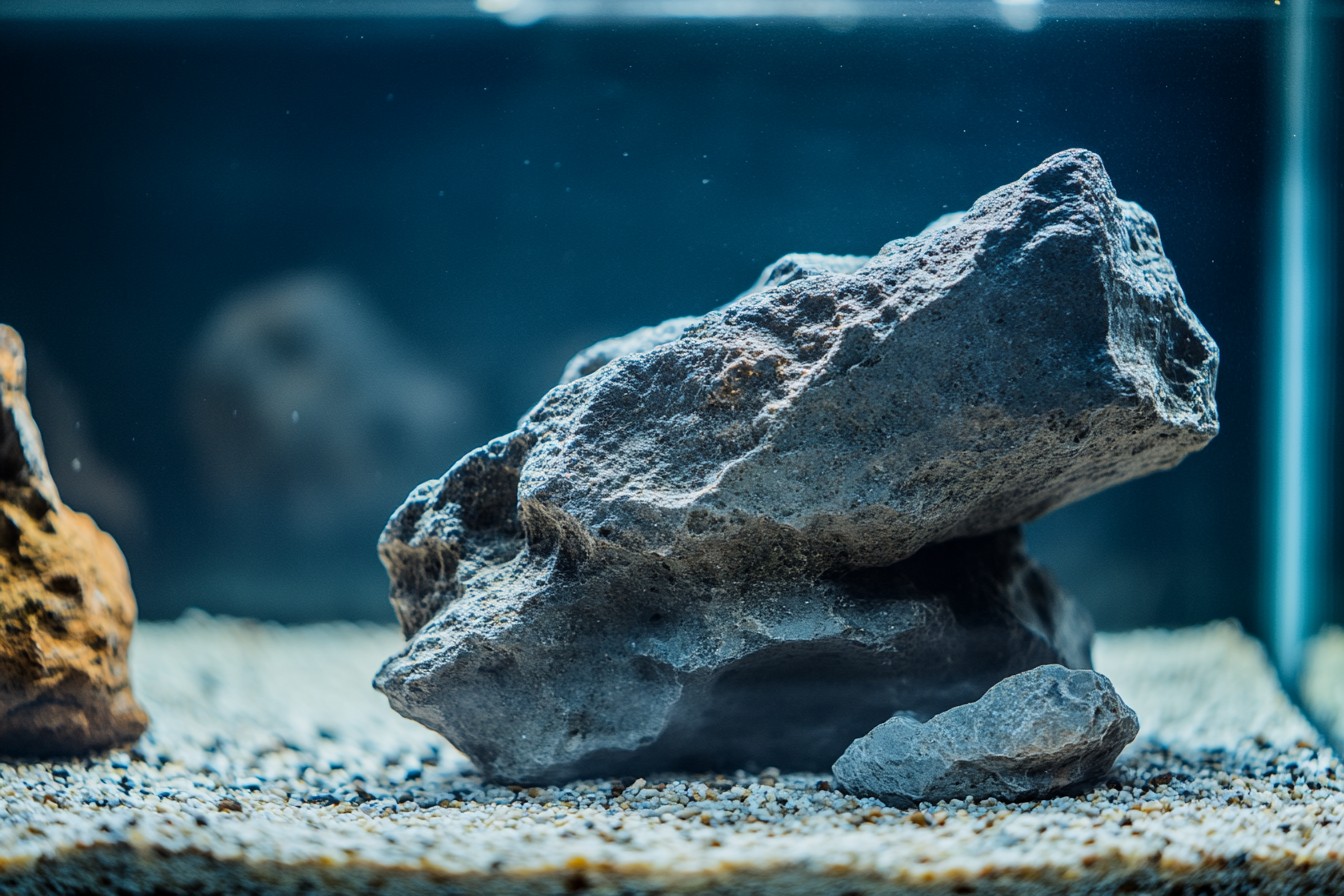
After thorough inspection for unwanted hitchhikers (especially aiptasia anemones, mantis shrimp, and bristleworms), I place the rock in the display tank arranged in its final position but without water. Using a powerful flashlight, I inspect each piece again, removing any suspicious organisms with tweezers or small brushes. Then I slowly fill the tank about halfway, install circulation pumps, heaters, and a protein skimmer, but no lighting beyond ambient room light.
This dimly-lit, partially-filled quarantine period accomplishes several things simultaneously. The lack of full lighting prevents algae blooms during the die-off phase. The powerful circulation and protein skimming removes decomposing organic material before it can fully break down into ammonia.
Most importantly, this approach allows me to cure the rock in its final arrangement, avoiding the structural disruption of moving fully-cured rock later. After two to three weeks of daily water testing and protein skimmer maintenance, ammonia and nitrite levels typically drop to zero. At this point, I perform a massive water change (75-90%), fill the tank completely, and begin slowly ramping up lighting.
This method has given me consistently cleaner cycling periods with minimal nuisance algae development. When it comes to actual aquascaping techniques with live rock, I’ve found that less is truly more. The hobby has thankfully moved beyond the “wall of rock” approach that dominated early reef keeping, where tanks were filled to the brim with live rock, leaving minimal open water for coral expansion and fish swimming space.
Modern reef aquascapes prioritize negative space, creating the impression of a reef outcropping rather than attempting to recreate an entire reef system in miniature. The structural integrity of live rock arrangements cannot be overemphasized. Unlike freshwater hardscape where cosmetic concerns dominate, reef aquascapes must withstand years of growth and increased weight as corals develop.
A collapsed rock structure in a mature reef tank isn’t just an aesthetic disappointment—it’s potentially catastrophic, crushing expensive coral colonies and releasing deadly anaerobic pocket gases. I use three primary techniques to ensure stability. First, I create a solid foundation layer, using the flattest pieces with maximum contact against the tank bottom.
Second, I employ the principle of three-point contact—each additional rock should touch at least three points on rocks below it. Third, I use reef-safe epoxy putty in critical junctions, hidden from view but providing additional structural support where gravity alone might fail over time. The most successful reef aquascapes I’ve created follow distinct underwater topographical patterns.
The classic approach mimics a reef slope, with a higher rock formation at the back gradually descending toward an open sand bed in the front. This arrangement creates natural zones for different coral types—SPS (small polyp stony) corals that crave high light and flow at the peaks, LPS (large polyp stony) corals on the mid-regions, and softier corals like mushrooms and leathers in the lower areas. My personal favorite layout is the island arrangement—a central rock formation surrounded by open sand.
This approach maximizes visual impact, creates natural swimming patterns for fish circling the structure, and allows for easier maintenance access around all sides. It’s particularly effective in peninsula-style tanks viewed from three sides. Regardless of the overall structure, creating “flow lanes” through your live rock arrangement is crucial for reef success.
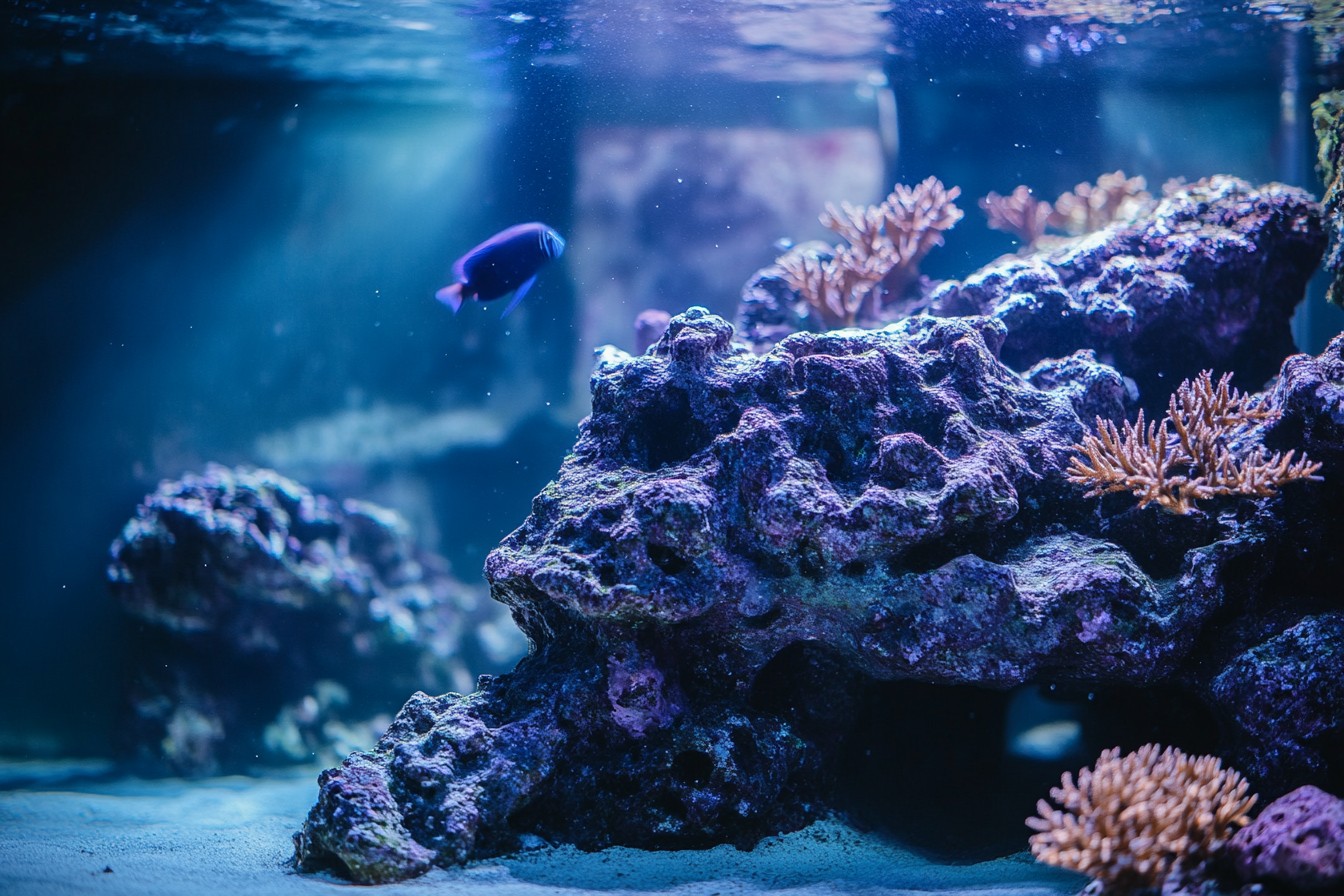
Water circulation is arguably more important than lighting in reef tanks, bringing nutrients to corals and removing waste products. I deliberately construct channels and tunnels throughout the rockwork where water can travel freely, considering the placement of return pumps and powerheads to create circular rather than chaotic flow patterns. A technique I’ve adopted from Japanese aquascaping master Takashi Amano involves the golden ratio (approximately 1:1.618).
Placing the main rock feature at a point determined by this ratio rather than centered creates a naturally pleasing asymmetry. In reef tanks, I often use this approach with two focal points—a primary structure at the golden ratio point from one side, and a smaller secondary structure at the golden ratio point from the opposite side. The resulting negative space between them creates a natural focal plane that draws the eye through the aquascape.
Perhaps my most controversial recommendation is to leave substantial rock work uncovered initially. There’s a natural temptation to place coral frags everywhere when first setting up a reef tank. This approach not only creates future problems as those corals grow and compete for space, but it eliminates the natural appearance of reef structures where bare rock and coral colonies exist in balance.
A properly designed reef aquascape should look complete even before a single coral is added—the corals enhance the structure rather than define it. The practical maintenance implications of your live rock aquascape become apparent months or years after setup. I’ve learned this lesson the hard way, creating stunning arrangements that proved nearly impossible to maintain.
Now I deliberately incorporate maintenance paths—channels where I can insert a thin siphon tube to remove detritus from sand beds, areas where I can reach a small algae scraper between rock formations, and access points for coral pruning as colonies expand. I once created what I considered my masterpiece reef aquascape for a client’s office—a complex arrangement featuring three interconnected archs with coral placement mapped out for perfect color contrast and growth patterns. Six months later, the tank looked spectacular, but maintaining it required the flexibility of a contortionist and the precision of a surgeon.
After struggling through several maintenance sessions, I ultimately had to recommend restructuring the entire aquascape. Since then, I’ve embraced the philosophy that the most beautiful reef tank is one that can be properly maintained for years, not just photographed beautifully on setup day. Live rock aquascaping is fundamentally about patience and foresight—seeing not just what your arrangement looks like today, but what it will become as corals grow, fish establish territories, and natural processes reshape surfaces.
Unlike freshwater planted tanks where complete rescapes are relatively common, reef tanks benefit from long-term stability. The best reef aquascapers think in terms of years, not months, creating structures that guide rather than restrict the tank’s natural development. After decades working with both freshwater and reef systems, I’ve come to see live rock aquascaping as the more challenging art form.
It demands not just aesthetic sensibility but engineering precision, biological understanding, and the wisdom to know what you can and cannot control. But when done right—when you’ve created a stable structure that houses a thriving mini-ecosystem, with corals that grow more beautiful each month and fish that move through the arrangement as they would in nature—there’s nothing in the aquarium hobby quite as satisfying. Or as addictive.
Just ask my bank account.
